Do you run in the dark? Either early morning before the sun comes up, or in the late evening after a long day? There is no question that night running is a very different experience than runs during the daylight hours. More planning is required, from choosing a safe route to making sure you have the proper safety gear and clothing.
I have met a lot of people since I started Knuckle Lights that never go running in the dark, ever. Some even question the sanity of those of us that do run with no daylight. They have their routine and the flexibility, which many of us do not, and simply don't understand why anyone would want to go out running, or even walking when it is dark outside.

I have talked to many more of us that do run at night, either because it is necessary due to a busy work schedule, child care or any other number of circumstances that fill our busy days, meaning the only time to fit in a running routine is either early morning or at the end of the day. Some people just plain prefer to run in the dark, simply because it is such a different experience than day runs.
Personally, I have been running in the dark for over 10 years, though not all of my runs are at night. Like many people, I started in the dark out of necessity, as I was working full time and had to fit my running into a schedule that required me to be at an office by 8am every day. Once I started Knuckle Lights and began working for myself, my schedule became much more flexible, but I still find myself getting up early and hitting the road more often than waiting until mid to late morning or afternoon. I love the sense of accomplishment once I have gotten my run done. I get back, take a shower and then find I am energized to start my day.
Lights for Running at Night
Having a bright and reliable light while running or walking in the dark is one of the most important steps you can take to stay safe and be seen. A running light will assure that you not only are able to see the path, so that you avoid tripping hazards, but will also give you visibility to any traffic around you. Both seeing and being seen are important for your safety on a walk or run in dark environments.

We created Knuckle Lights specifically for that purpose: to see and be seen. We wanted a quick and easy light for people to use, just grab and go, with confidence that you will be seen on your run. We made the L.E.D. an ultra-wide flood beam so that your entire path is illuminated and you can easily see in front of you, making it truly the best light for running and walking in the dark.
There are many other light options available as well; from headlamps, clip on lights, chest lamps, runners flashlight and more. All of these options allow you to see the road or path, helping protect you from dangers lurking in the dark. Uneven sidewalks, curbs, tree branches or roots can be treacherous during a night run without illumination, so whether it is Knuckle Lights or another option, please stay safe by having a light with you when running in the dark.
To be the most prepared, you should choose a light that will work good specifically for night jogging or walking. A generic utility headlamp is usually not the most ideal solution as it is not designed for runners. I wrote a full article a few months ago which give practical information and what to look for when choosing a light for your specific activity, which can be found HERE.
Night Safety Gear
Having a simple clip on safety blinker will also help with being seen by traffic during a dark run or walk. Traffic is not only cars and other vehicles, but also bicyclists and other running and pedestrians. These blinkers are very inexpensive but invaluable for your running safety.

In addition to a runner safety light to see and a blinker to be seen, a reflective vest is important for additional visibility. The reflective material on the vest will catch the light from cars and other vehicles, making you visible to traffic. Beyond a vest, there are other options available for this purpose as well. The NoxGear Tracer 360 is very popular among night runners, as L.E.D. tubing actually surrounds your torso, giving a large amount of light that is easy to be seen.
There is also Safety Skin, which is a reflective roll-on you can place directly on your skin. Brilliant Reflective has reflective stick-on strips that can be placed on your clothing or any other item. Many running brand clothing manufacturers, like Nike, Adidas and Under Armor have recently started offering a variety of shirts, jackets and leggings with reflective material. Keep in mind that all of these types of reflective material is passive, which unlike LED lights and blinkers, it only works or is effective if there is a light source.
Other personal safety gear, like pepper spray, the Tiger Claw and the GoGaurded Ring are great tools to help defend yourself, as we are all more vulnerable running in the dark than in the daytime. Personal clip-on alarms have become widely available the past few years that can quickly be triggered if you find yourself in a dangerous situation.
If bright enough, the LED Lights you are using for seeing your path can also be used as a defensive against a potential attacker--one brave Knuckle Lights user stopped an attack by blinding the perpetrator during her run.
Running Events and Races at Night
From a 5k run through Ultra Marathons, there are many fun events and races that take place in the dark, and being prepared is important for a successful and safe time. 2020 has put a temporary end to all of these events for now, so I will wait and write a more detailed article later, once we can start participating again in person.
If you do plan to try one of these events in the future, now is a great time to figure out your LED running lights and other gear that you will need, and start using on training runs so that you are comfortable with it when the event comes back.
Team relays like Hood to Coast and Ragnar Relays are a lot fun and a great way to build closer relationships with your teammates. These are overnight events that require specific gear--check the manual first, but they typically require an LED light (headlamp, flashlight or Knuckle Lights), clip on blinkers and a reflective vest.

The Las Vegas Rock 'n' Roll has a 5k and 10k run all the way up to a full marathon. I have done the half marathon distance many times and it is always one of my favorites. It starts in the late evening and you run down Las Vegas Boulevard amid all of the flashing bright lights. It is a unique experience, and although you are running in the dark, you don't really need a light most of the time because of all the casino's along the way--there are a few miles that are particularly dark, so I always make sure to have Knuckle Lights for those areas.
There are a number of local twilight road races as well as running store community runs that often either start or end the run in the dark. Your local running store will have information about these and are usually fun, low-key events.
Ultra-marathons have become very popular over the past decade. Running 50 to 100 miles during a single event will require that a large portion of your run will be in the dark. Running an ultra with any new equipment, including lights and other runners safety equipment, is not a good time to experiment. Make sure you are using gear that you are comfortable with by trying it out on multiple training runs.
There are a lot of reasons for running in the dark and it can be fun whether you are alone or in a nighttime event. Making sure you are prepared with a few pieces of equipment will make it safe and more enjoyable. So, do you run in the dark? We think you should!
Stay safe, be seen, and Own The Night!

Dan Hopkins
Founder
Knuckle Lights
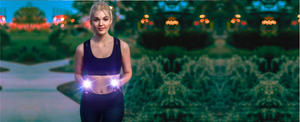
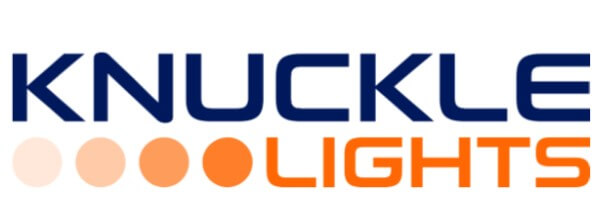

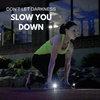
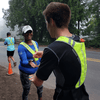

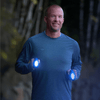
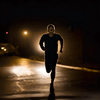

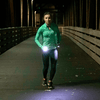
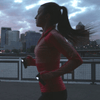
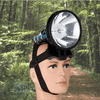
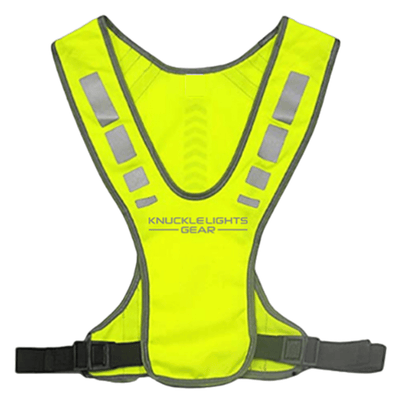
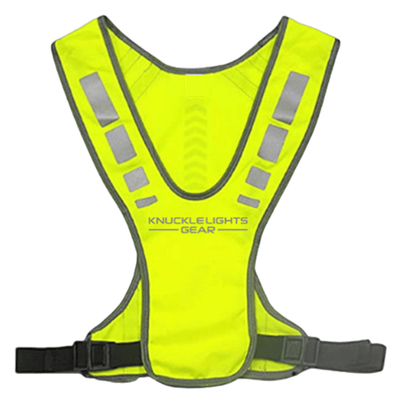

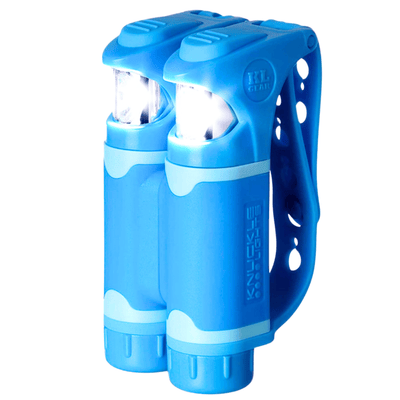

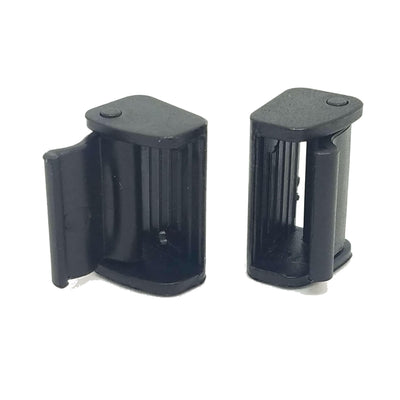
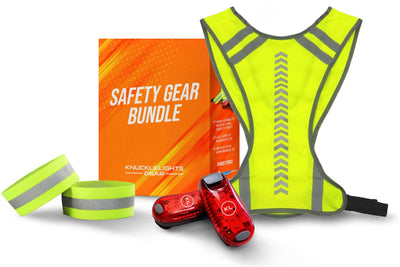
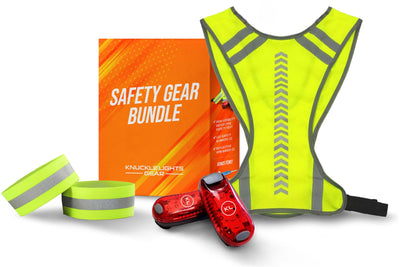
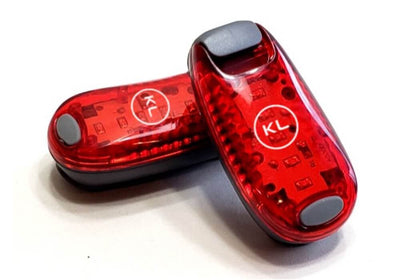
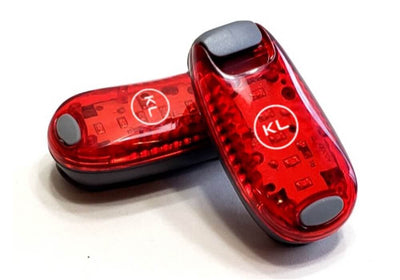

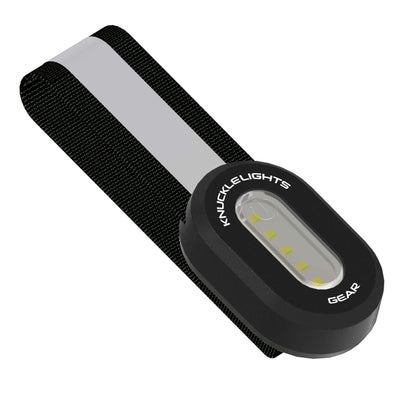
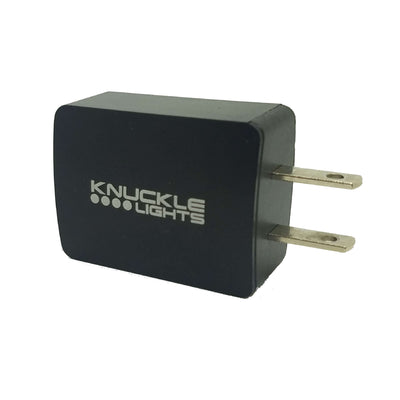
I run early in the morning before the sun is up, and knuckle lights have been a game changer for me. I love them so much I’ve thought about buying extras to give to other runners I see out on the street running without any lights. Thanks for all you do!